Before Martin Luther King pioneered the civil rights movement in America, as Nelson Mandela met his wife Winnie in South Africa, and began to develop the ideals of non-violent protest that would form the bedrock for the end of Apartheid, a young photographer called Malick Sidibé was creating images in Bamako, Mali that would come to define the emancipation, the irrepressible freedom, of black Africans.
But Sidibé, with his incredibly elegant, dynamic street images did more than that – capturing the myriad and multivalent contradictions, tensions and complexities of the postcolonial African freedom movement, of how the influence of whites, the economic superiority of whites, fused with the ancestral cultures and heritages of this new, exuberant youth and independence movement of the 1950s and 60s.
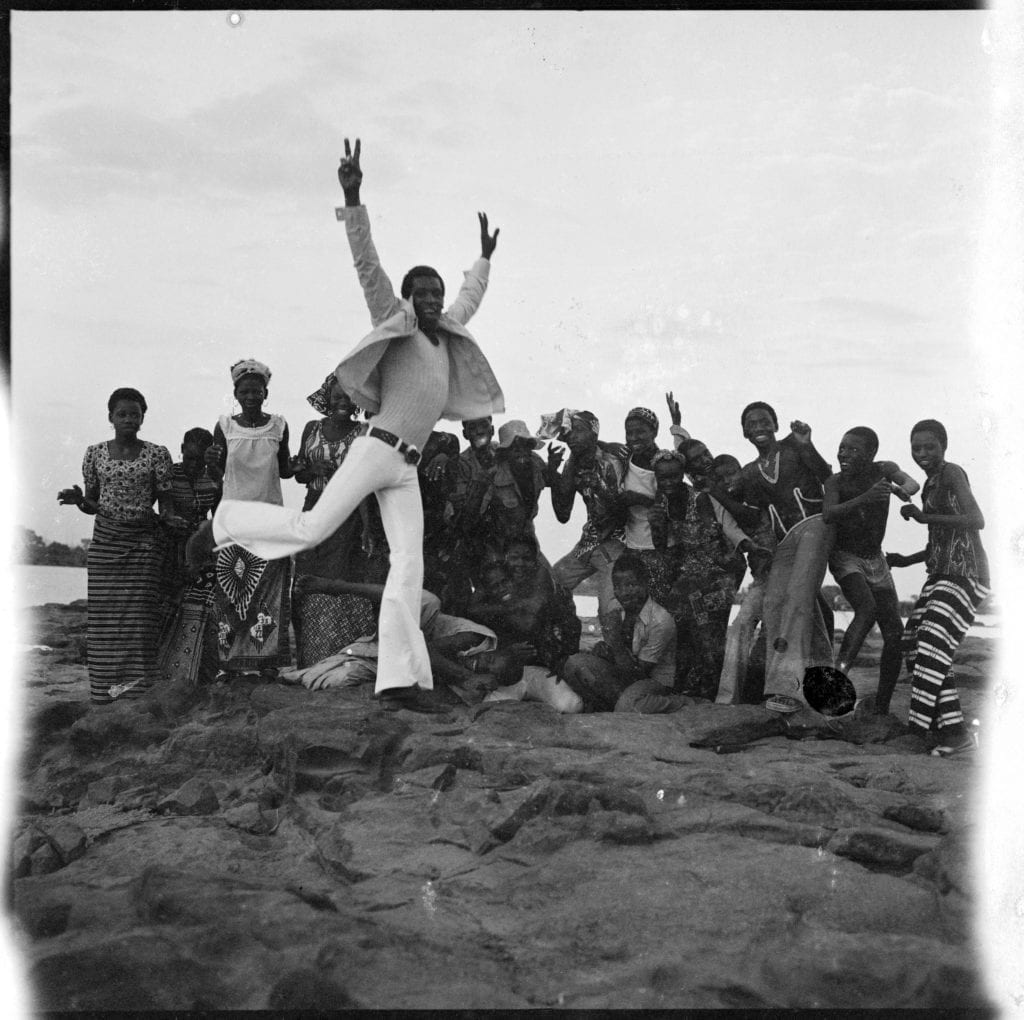
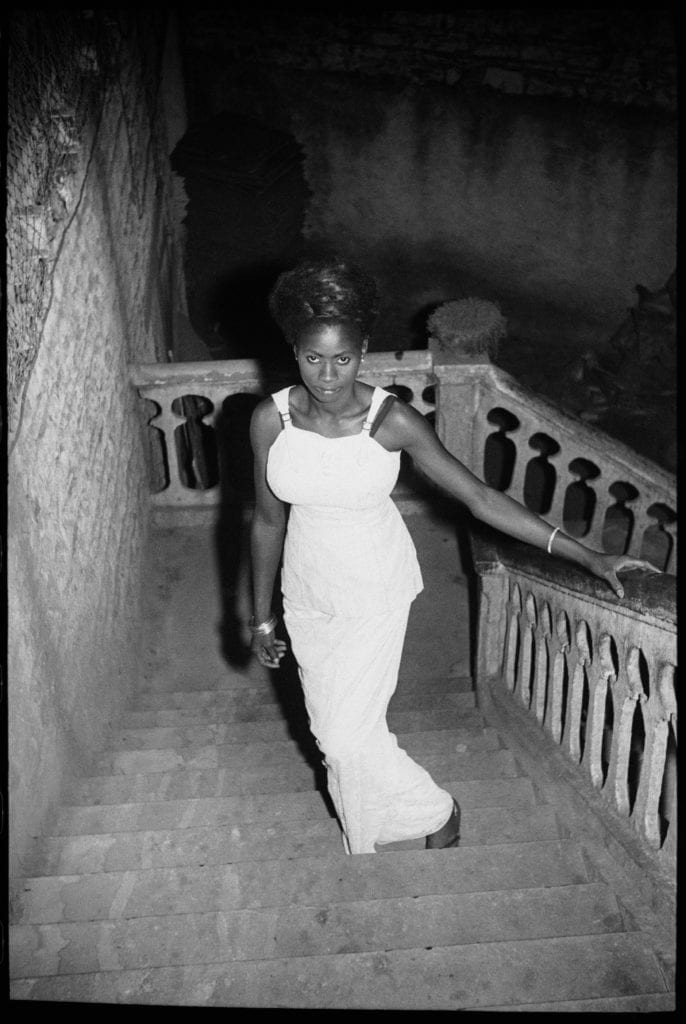
Sidibé worked as a photographer all his life. But it wasn’t until the 1990s that Sidibé was “discovered” by the western art world.
Recognition, even then, came slowly. It wasn’t until 2007 that he became the first photographer — and the first African artist — to receive the Golden Lion award for lifetime achievement at the Venice Biennale.
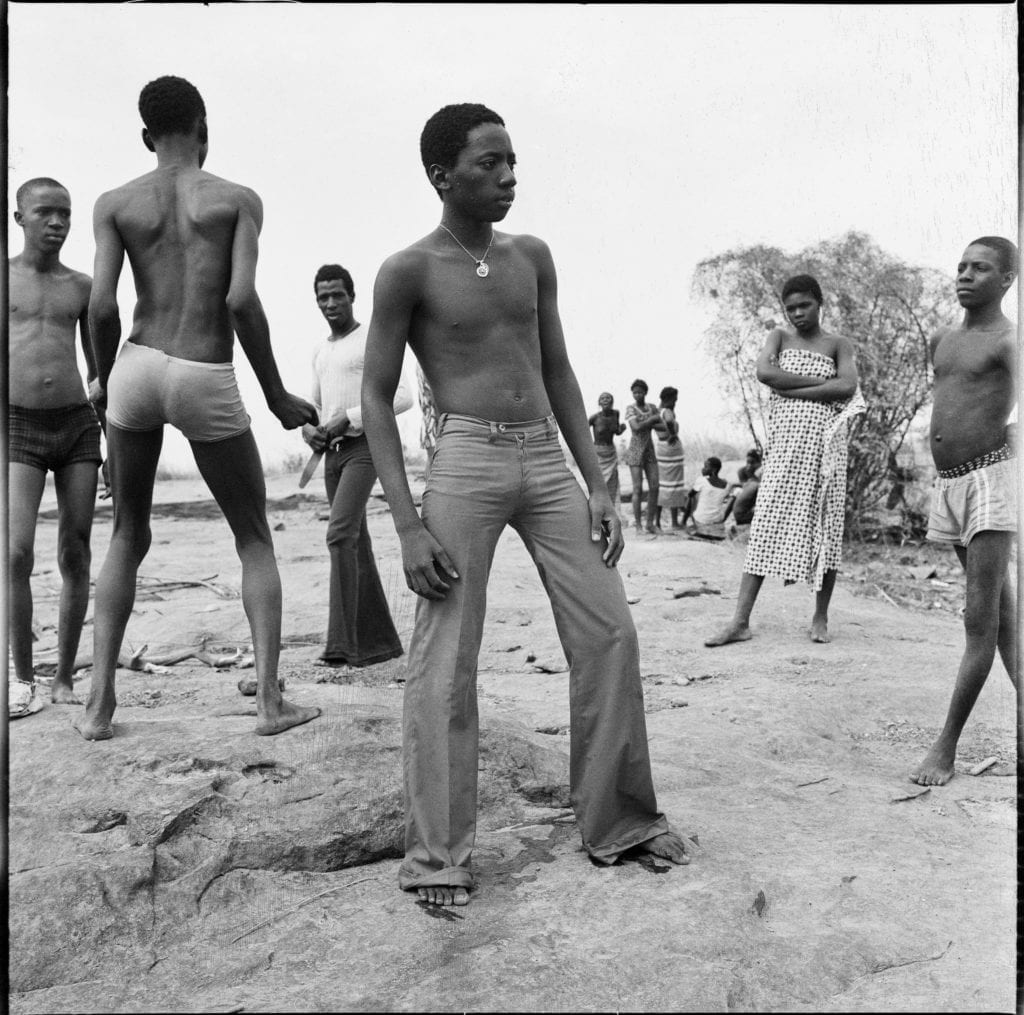
A new exhibition at Somerset House, London, the first major exhibition ever granted to Sidibé in this city (the birthplace of the British empire) brings together 45 original prints, organised into three sections: Beside the Niger River, Nightlife in Bamako and The Studio.
A soundtrack recreating the “spirit and soul” of Bamako’s nightclubs, and of Sidibé’s studio will also play in the galleries.
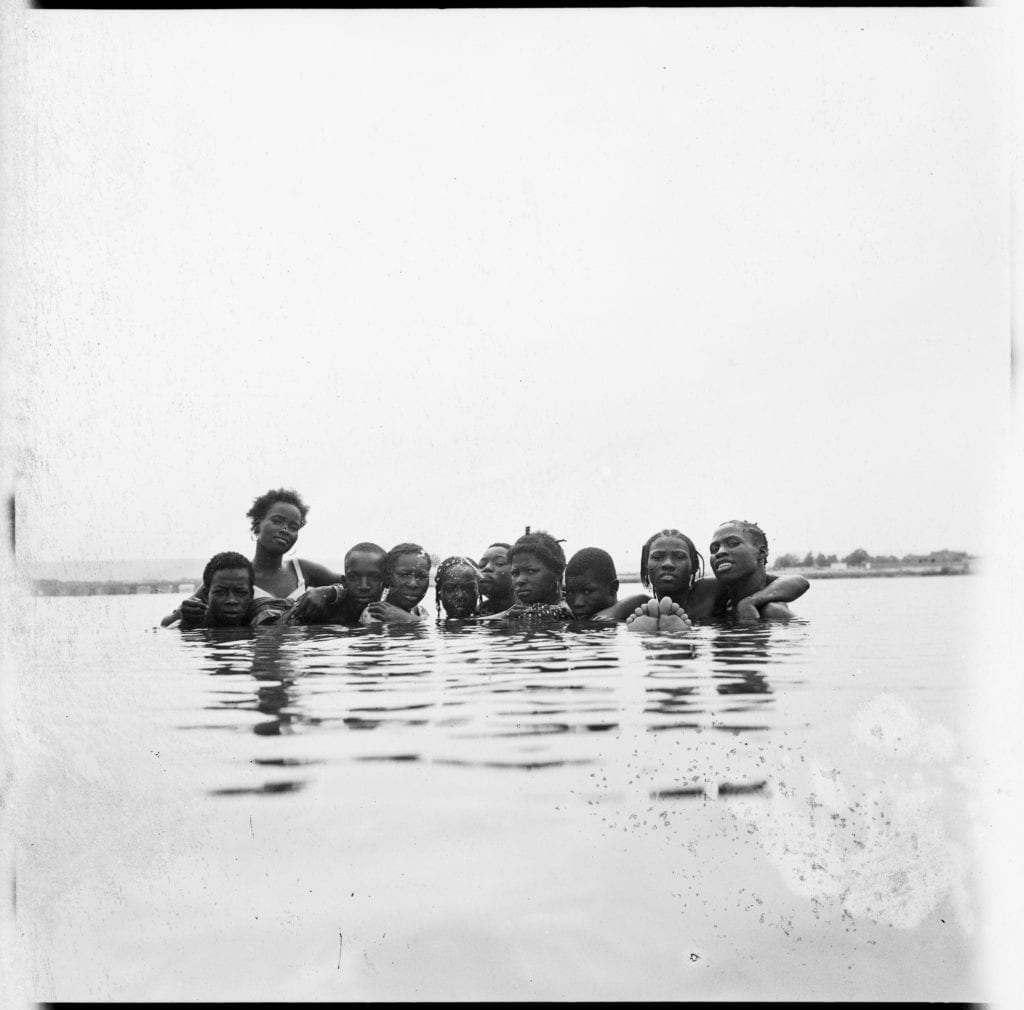
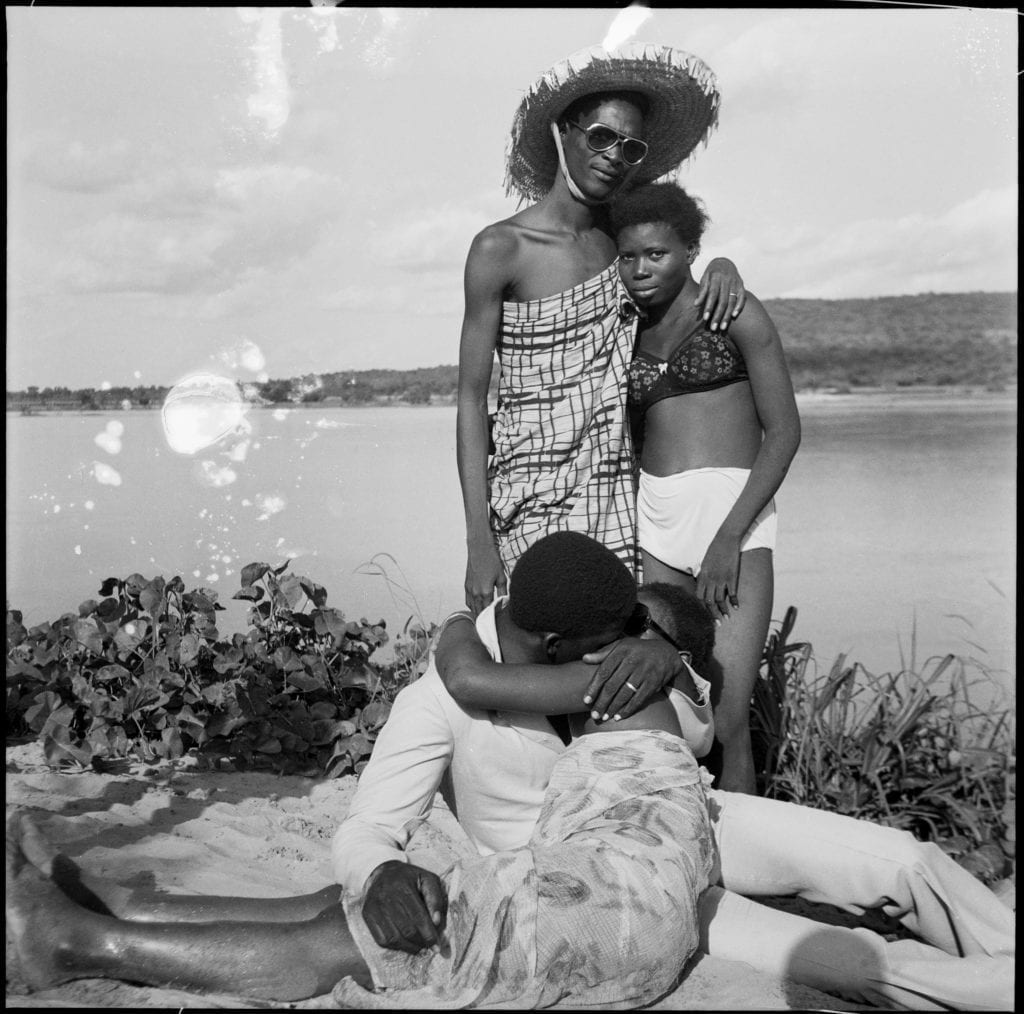
Born in 1935, in the village of Soloba, Sidibé became known to his teachers as having a prodigious his talent for drawing.
He enlisted in the School for Soedanese Arts in Mali’s capital, Bamako, and graduated in Jewellery and Design.
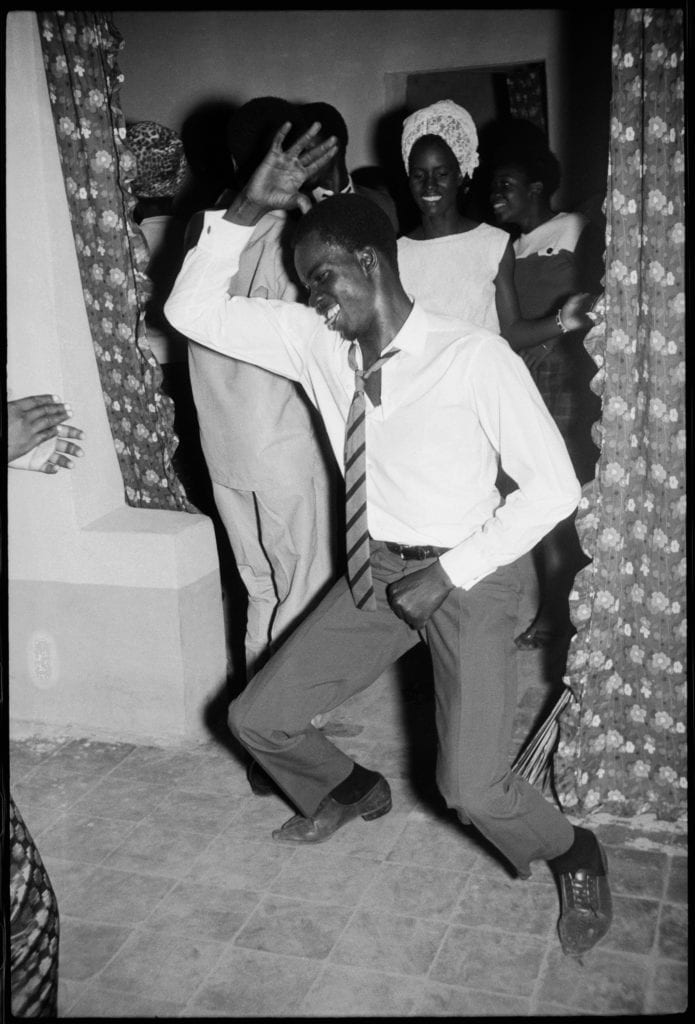
Yet, quite randomly, Photo Service boutique, where he will become the pupil of owner Gérard Guillat. Three years later, he opened “Studio Malick”.
Guillat photographed white people in his studio, leaving Sidibé to work the floor. But, at nights, when his boss was tucked up in bed, Sidibé would take what he learnt at the knee of the older man to the streets of Mali.
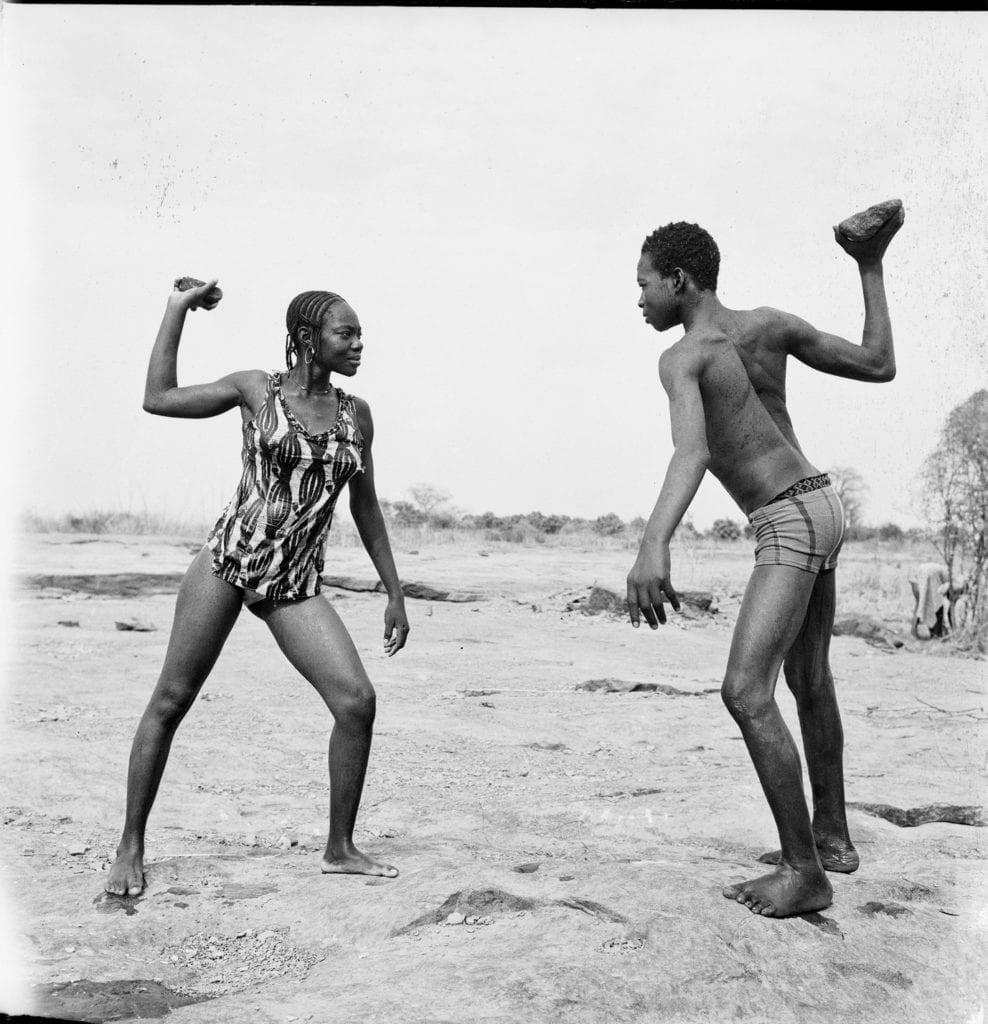
Caught in surprise, or posing leisurely, Sidibé’s young subjects welcome us to their joyous games on the beaches of Mali, to the shy, adrenaline fuelled meetings on the dance floor of nightclubs with names like Happy Boys or the Surf Club.
But Sidibé’s images weren’t all about happiness. He shows a generation who were living urban lifestyles for the first time, after generations of ancestors tending the land. It shows a generation who couldn’t remember a life before colonial rule – and their desire, as a result of that interaction, to be accepted by, and be like, the young, rich whites.
Sidibé died last year, and will be remembered as a natural – one of the most powerful African artists the continent has ever produced.
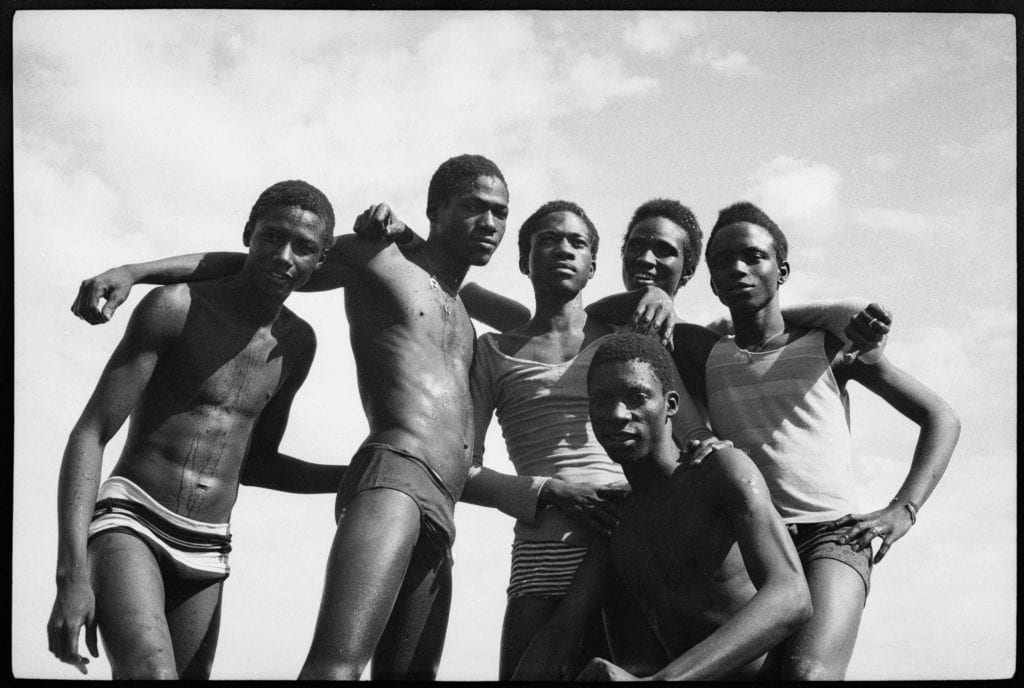
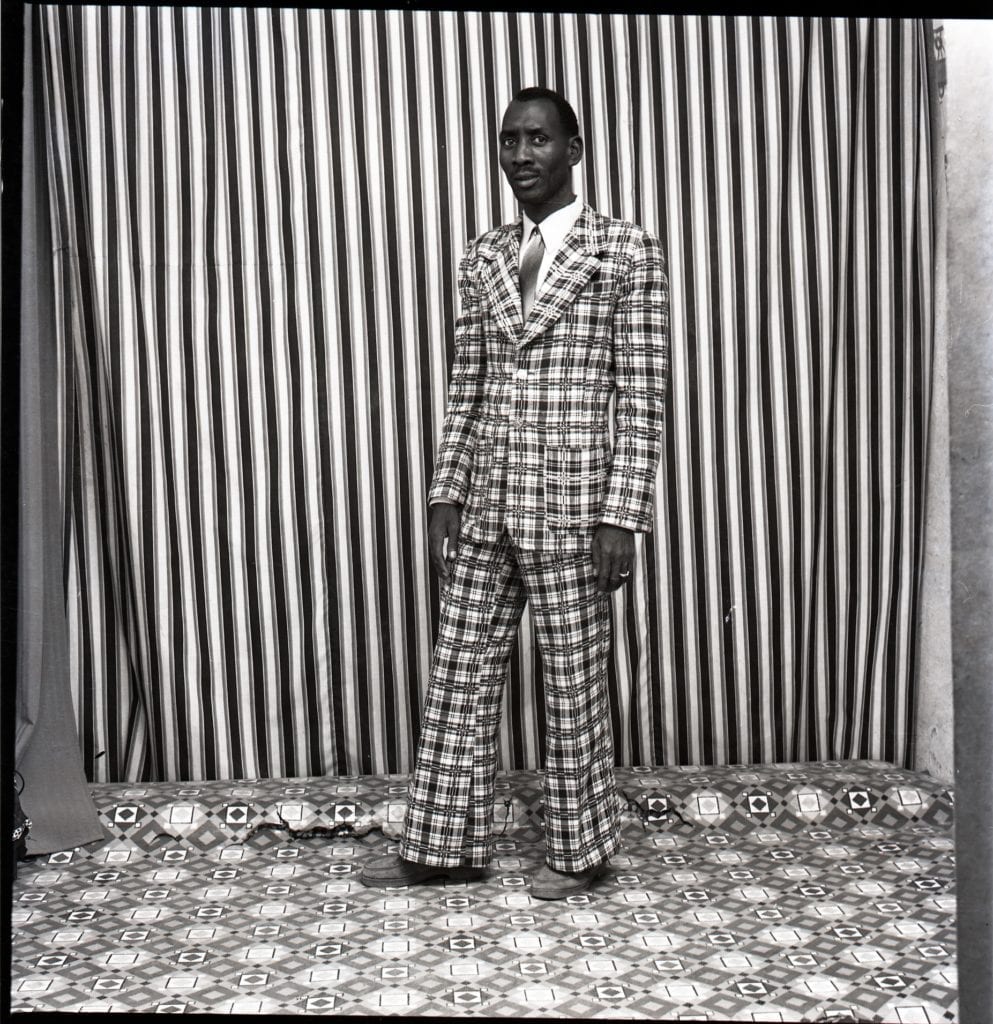
‘Malick Sidibé: The Eye of Modern Mali’, Somerset House, London, October 6-January 15, somersethouse.org.uk
